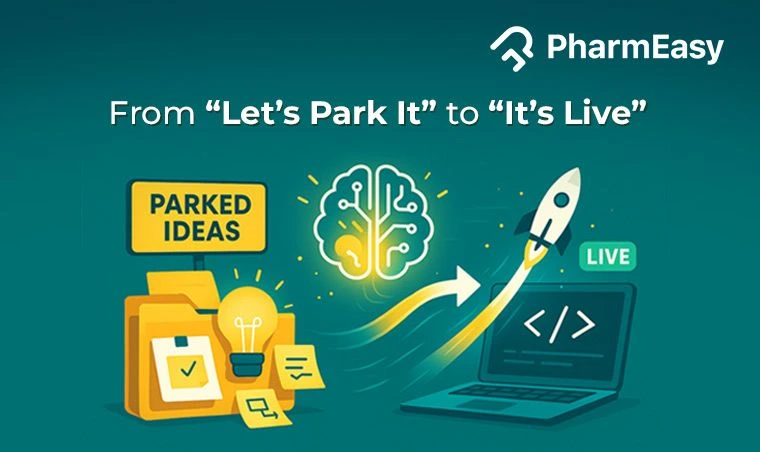Amlodipine
Description
Amlodipine is a medicine used to treat high blood pressure. It works by blockin
g the movement of calcium into the heart and blood vessel muscle cells. This action relaxes and widens your blood vessels, making it easier for blood to flow and for your heart to pump. This lowers your blood pressure and increases the blood supply and oxygen to your heart, easing chest pain. Amlodipine can cause common side effects, most of which are mild and often improve over a few days or weeks. These include swelling in your ankles or feet, headache, dizziness, fatigue, nausea, and flushing (a feeling of warmth or redness). Avoid excessive alcohol, as it can increase Amlodipine's blood-pressure-lowering effect, making dizziness and drowsiness much worse. If you experience dizziness or tiredness, do not drive or operate heavy machinery until you know how the medicine affects you.
Uses
Contraindications
When should one not use Amlodipine
- If you are allergic to amlodipine or any other calcium antagonists
- If you have very low blood pressure (hypotension)
- If you are suffering from narrowing of the aorta heart valve (aortic stenosis) or cardiogenic shock (a condition where your heart is unable to supply enough blood to the body)
- If you suffer from heart failure after a heart attack
Side effects
Common side effects of this drug are:
- Swelling of feet
- Fatigue
- Nausea
- Headache, dizziness, sleepiness
- Stomach pain
- Abnormal heartbeat
- Flushing
- Swelling or inflammation to the pancreas
- Sudden wheeziness
- Excessive fall in blood pressure
- Allergic reactions (skin rash, itching)
Precautions and Warnings
Pregnancy
Breast Feeding
Driving
Alcohol
Other General Warnings
Mode of Action
How Does It Work?
Interactions
Interactions with other medicines
Interactions with food items
Dietary Restrictions
Dosage
Overdose
Missed a Dose
Content Details
Dr. Mansi Savla
B. Pharm, PharmD
Dr. Ritu Budania
MBBS, MD (Pharmacology)
Frequently Asked Questions (FAQs)
Q: What should I discuss with the doctor before taking Amlodipine?
Q: How and when should I take Amlodipine?
- You should take Amlodipine once a day, at the same time every day. You can take it either with or without food. Follow your doctor's exact instructions, and do not stop taking it or change your dose without checking with them first....
Q: What are the most common side effects of Amlodipine?
- The most common side effects are swelling in your ankles or feet, headache, feeling tired or sleepy, dizziness, flushing (a warm or red face), and nausea/stomach pain. These often improve over the first few weeks as your body adjusts....
Q: Can I stop taking Amlodipine if my blood pressure returns to normal?
- No. Amlodipine manages, but does not cure, high blood pressure. Stopping it suddenly can cause your blood pressure to rise or your chest pain to get worse. You should continue taking it long-term as directed by your doctor, even if you feel fine....









